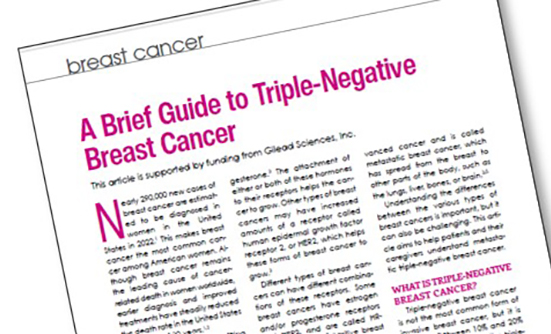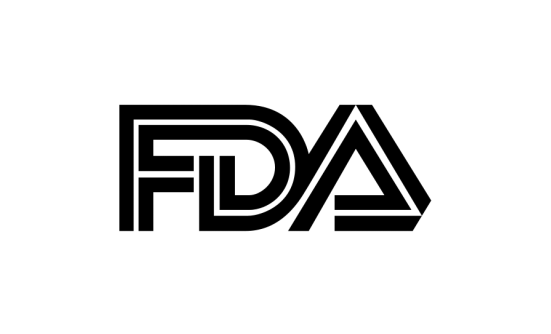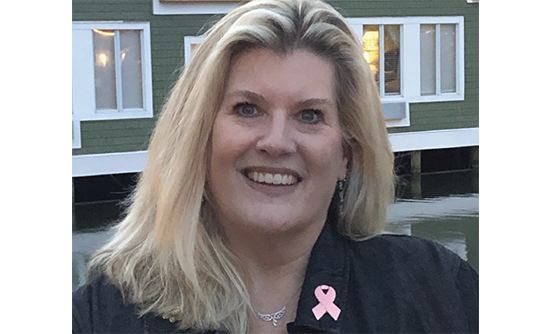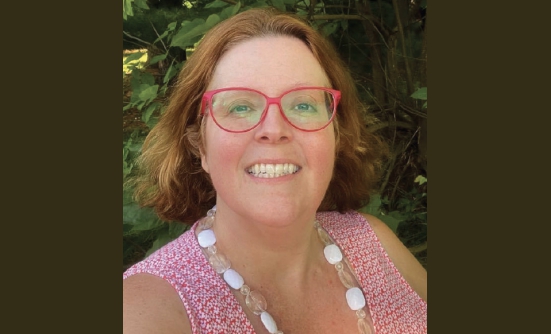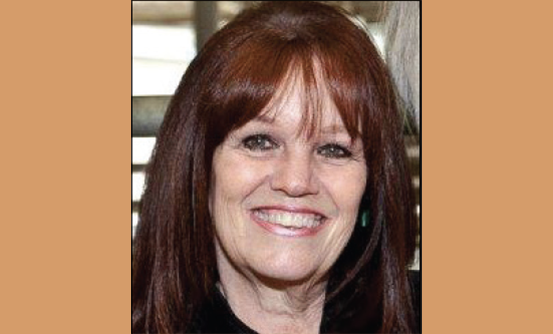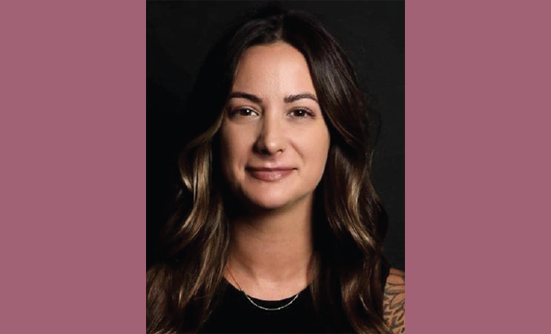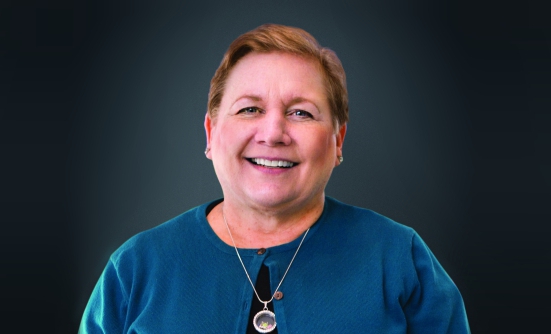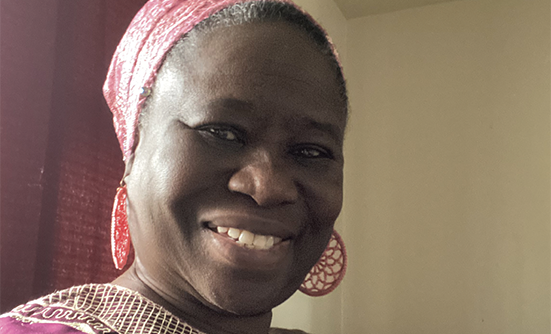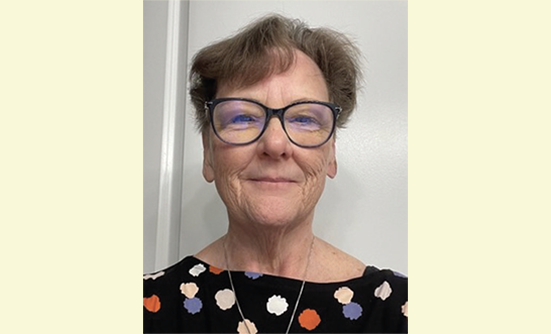October 2022 Vol 8 No 5
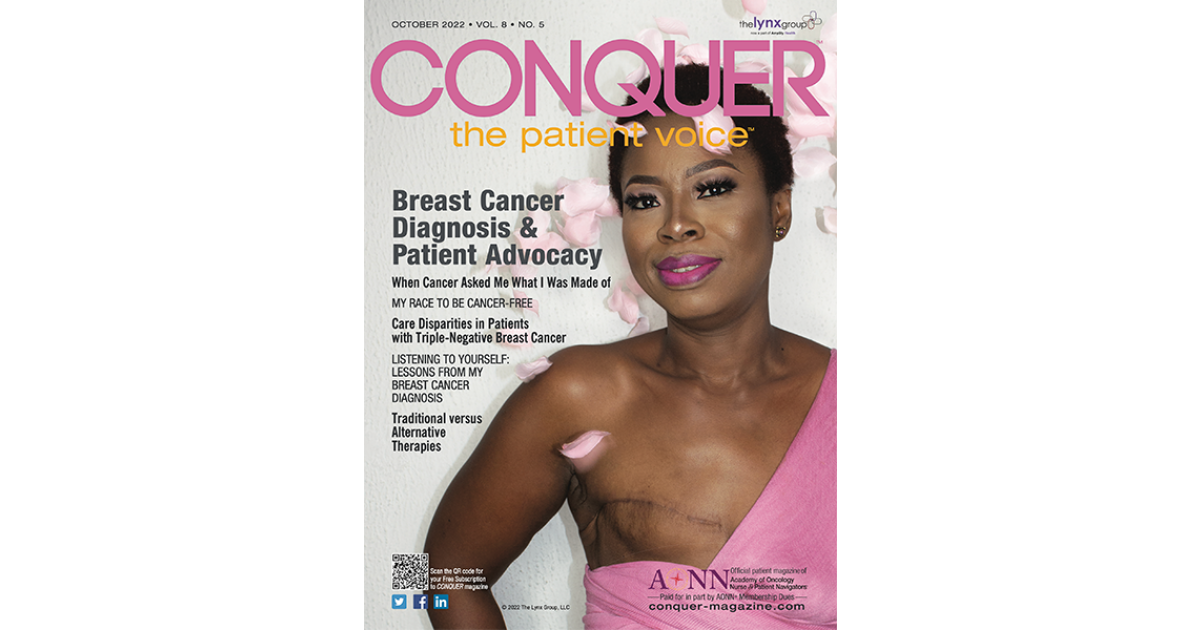
This article outlines the risk factors and unique characteristics of triple-negative breast cancer, or TNBC, which affects between 10% and 20% of all patients with breast cancer. Read More ›
By Dawn Coyle
A whirlwind of stress was mounting in Dawn Coyle’s personal life even before she received her breast cancer diagnosis in 2021. Then, she had to take on cancer largely alone in a post-pandemic world while working full time and being there for her aging parents. Read More ›
Cancer is hard enough. Add a global pandemic to the mix, and everything becomes more challenging, and everyone more lonely, as Heather Barto learned after being diagnosed with breast cancer in 2020. Read More ›
Chest numbness is a side effect often ignored or not discussed in breast cancer, but losing physical sensation in nearly 10% of the body can have a profound impact on a woman’s physical and emotional life. Read More ›
October is Breast Cancer Awareness Month, but this issue features more than breast cancer articles. After giving a rundown of key articles, Lillie Shockney offers her advice on ways to achieve best possible care for you or your loved one. Read More ›
Dr. Gwamna lost her younger sister to breast cancer and a friend to ovarian cancer that spread to her stomach, so when she discovered a lump on her breast she was frozen in fear. Read More ›
At first, Maureen Dever-Bumba, a triple-negative breast cancer survivor, was wary of having her port removed, in case she would need it again. After its removal, Maureen wrote this poem honoring her emotions of saying goodbye to her trusted, lifesaving port. Read More ›
By Sara Gilles
Sara Gilles, an athlete and physical therapist who completed several Ironman triathlons, was shocked by her breast cancer diagnosis in her early 50s. Her husband had to tell others about her diagnosis, because she was too traumatized to say “I have breast cancer.” Read More ›





